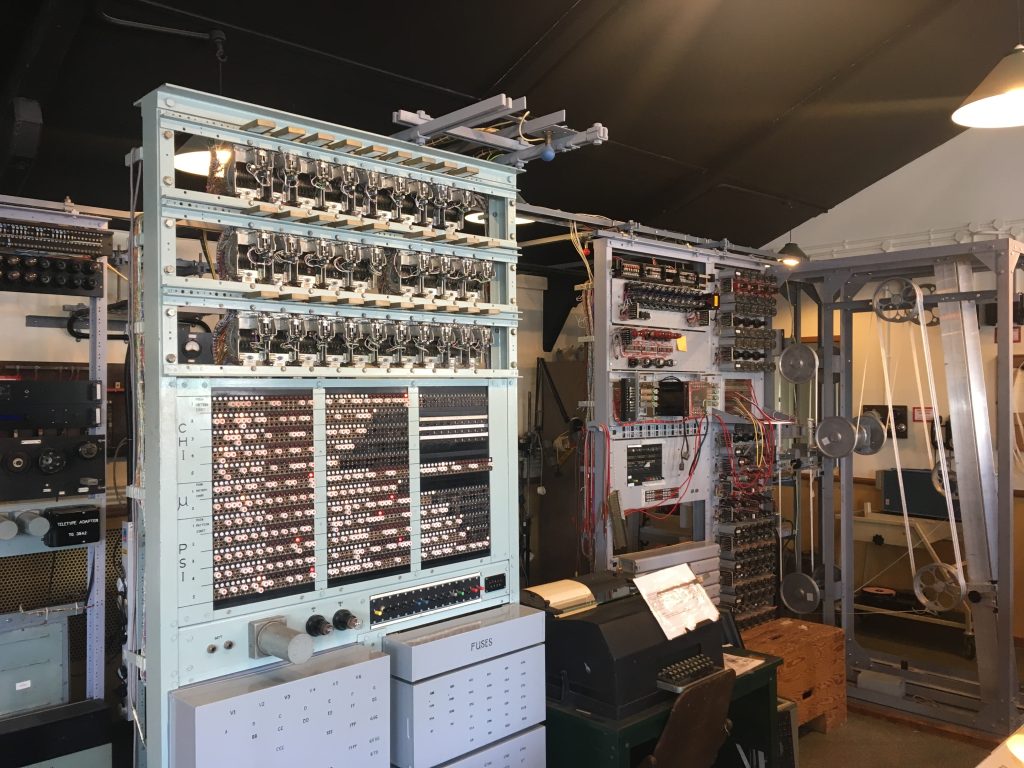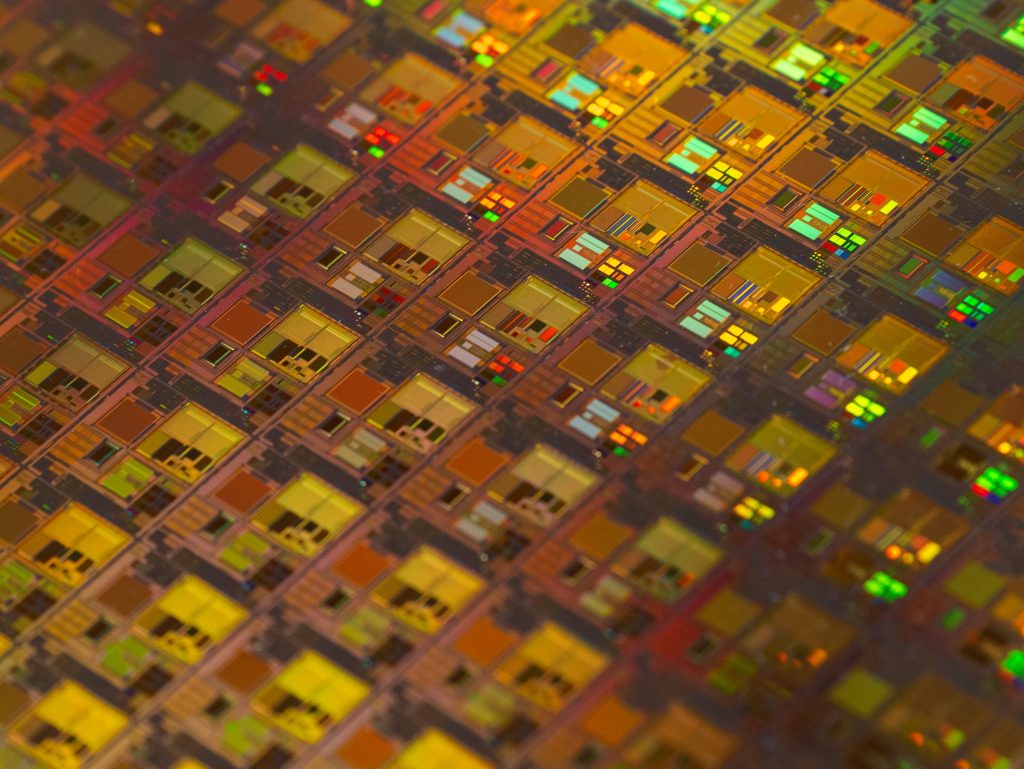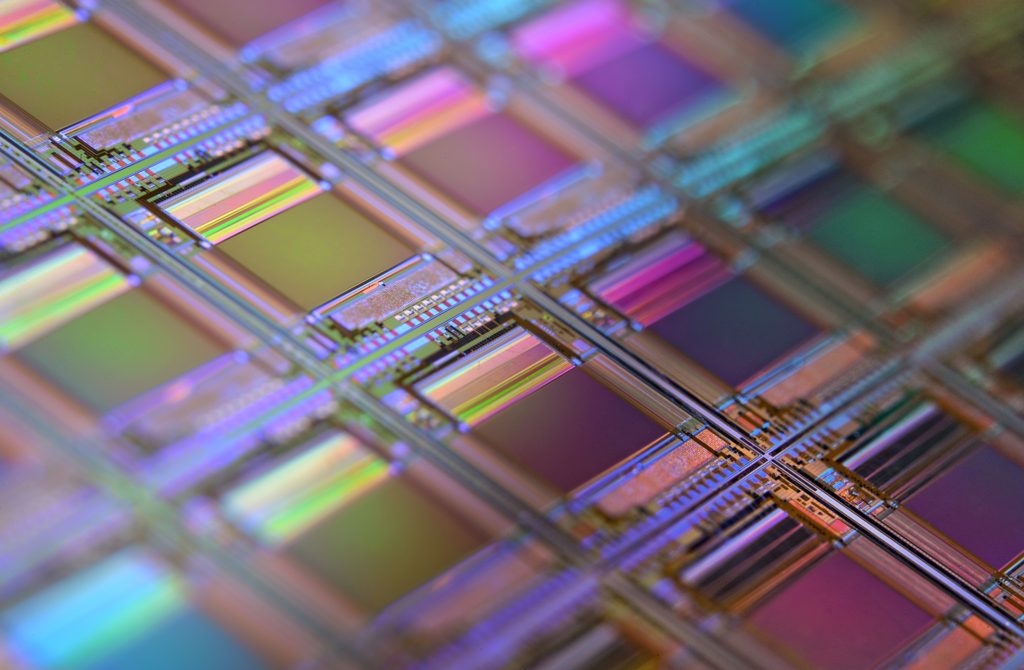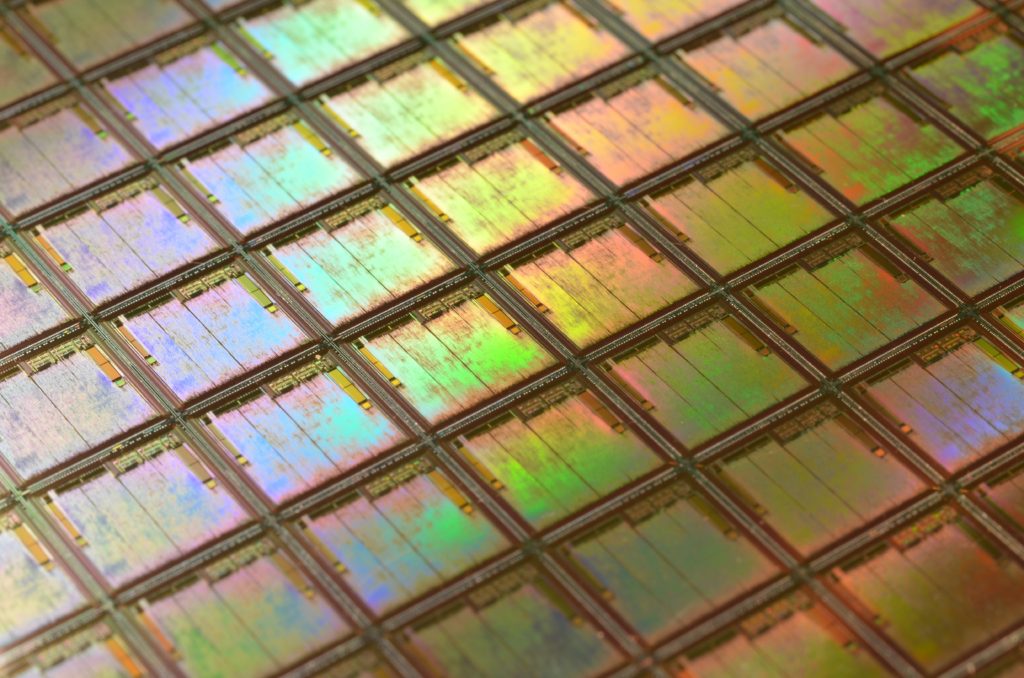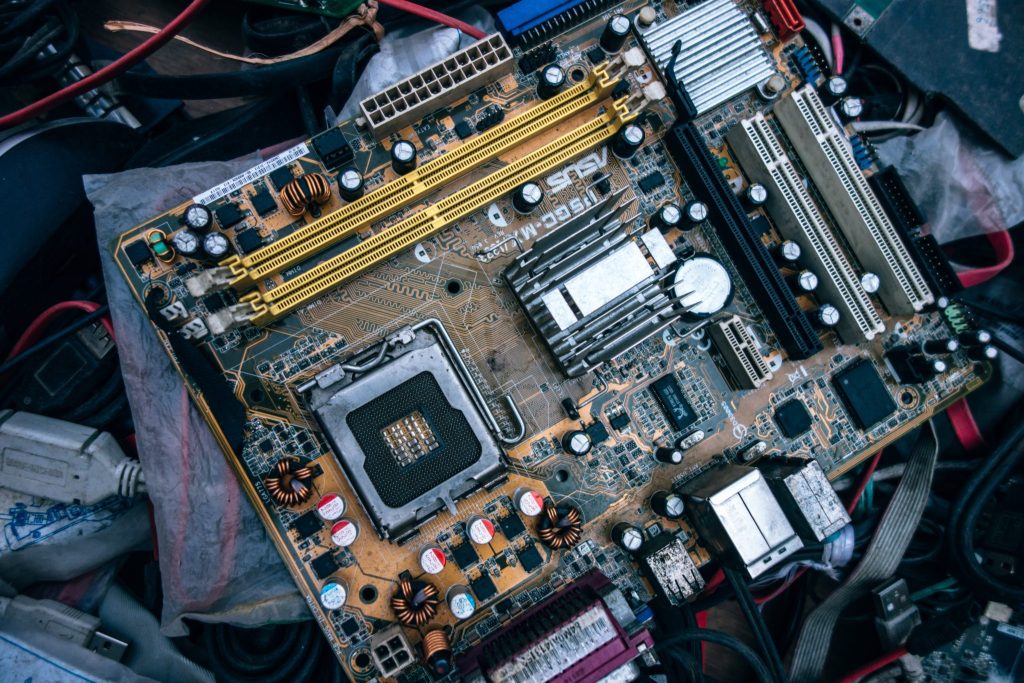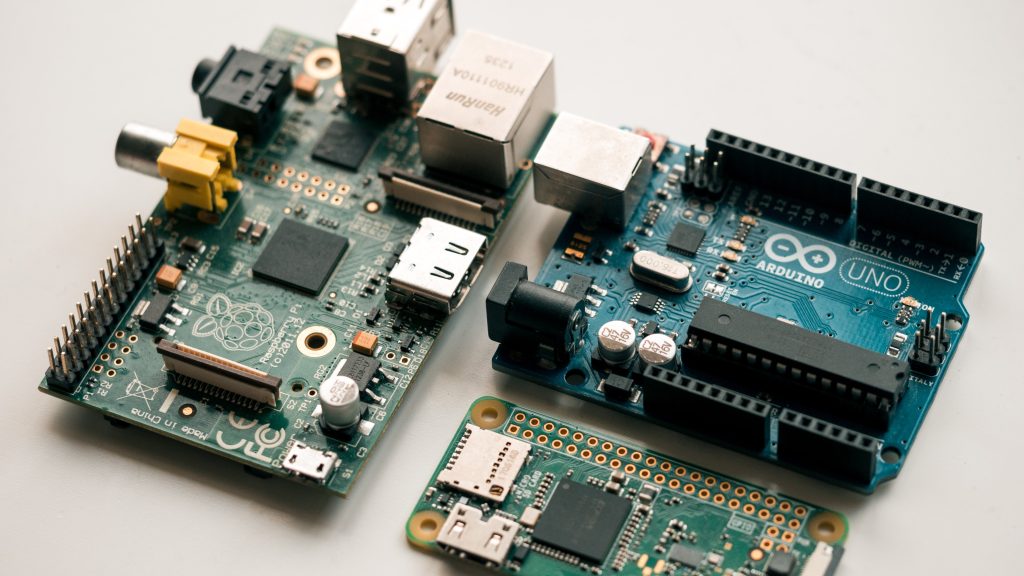Photo by Farai Gandiya on Unsplash
Semiconductor speed is dependent on performance characteristics. These characteristics define the operating states and how fast or slow the silicon-based system will operate.
Over the last five decades, the semiconductor speed has only increased exponentially. Consider the example of the CPU core. Today, the latest generation CPU has a clock speed of 4.3 GHz, which executes 4.3 billion cycles per second. Such performance is a crucial factor in the development of widely deployed advanced and complex applications.
Speed: Silicon Speed Is Vital In Driving Different Types Of Use Cases.
Impact: Operating Features Are Key In Enabling New Types Of Semiconductor Products.
Semiconductor speed is dependent on several factors. The chip architects have to consider different technical scenarios and create a design scheme that will not only cater to the consumer’s request but also pushes the development of new features that can help the industry move forward.
However, it is not always possible to manage the semiconductor speed. There are technical (datapath, NoC, memory, computation bottleneck, cache memory, latency, etc.) reasons that make the process of increasing the semiconductor speed a slow one.

Overcoming speed-based bottlenecks requires novel silicon design and manufacturing approaches. It is also the main reason the semiconductor industry to focuses on new processes that can take the area-driven speed out of the equation.
Chiplets, heterogenous, fusion design, and die-stacking are a few novel approaches being adopted. In all cases, the primary goal is to remove the area-based feature from the equation.
Application: Application Usage Is Greatly Affected By The Silicon Speed.
Cost: Using A Specific Speed-Based Silicon Solutions Impacts Product Cost.
As the semiconductor industry moves towards more advanced technology nodes, the focus on semiconductor speed will increase. The fundamental reason is the challenges due to the smaller FET area leading to a smaller die area. It provides small room to increase the clock level speed.
Today, the industry is closer to touching 5GHz of clock speed for XPU devices. There is little to no room for further speed improvement using the traditional approach. It creates new challenges that the semiconductor industry will for sure overcome.
